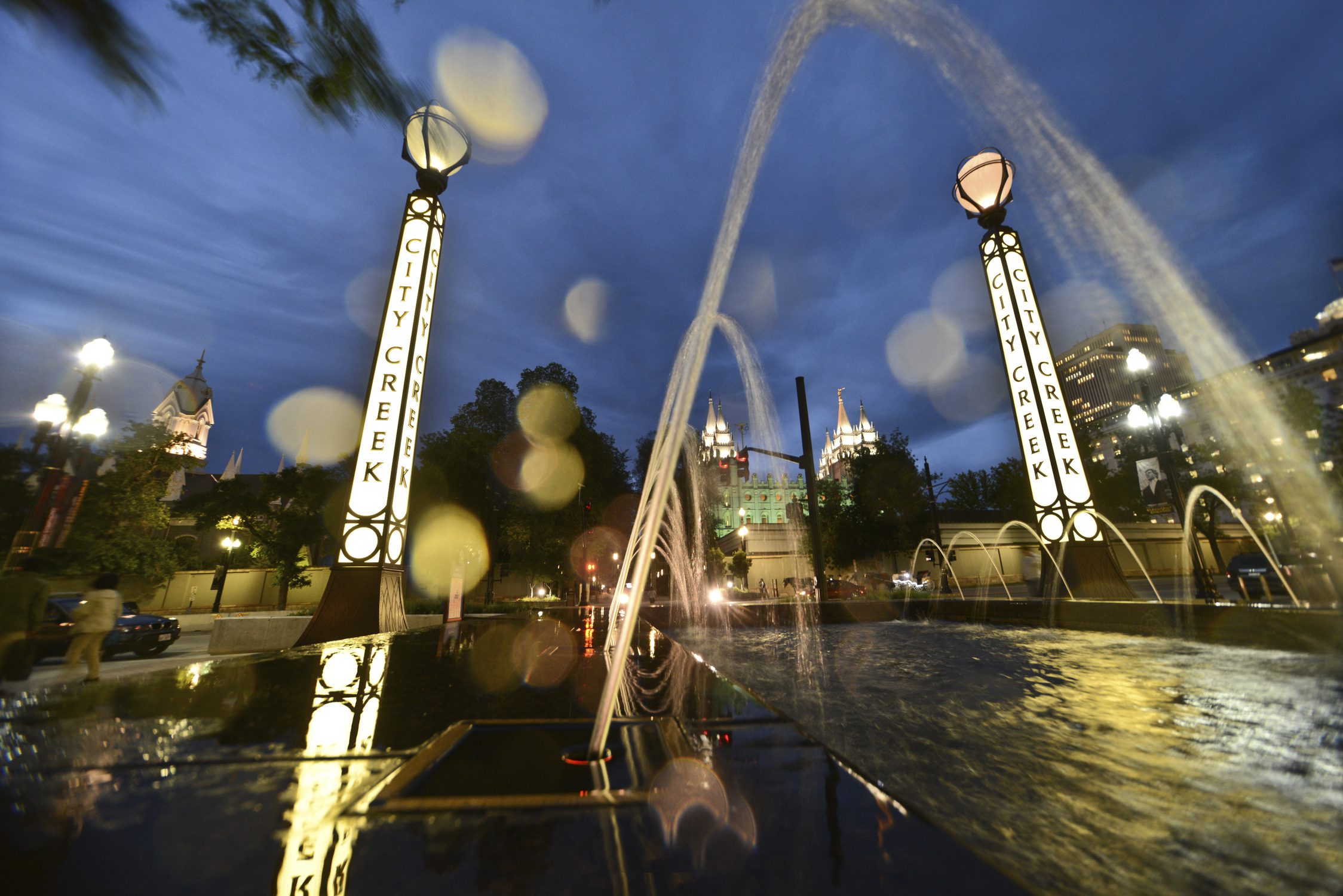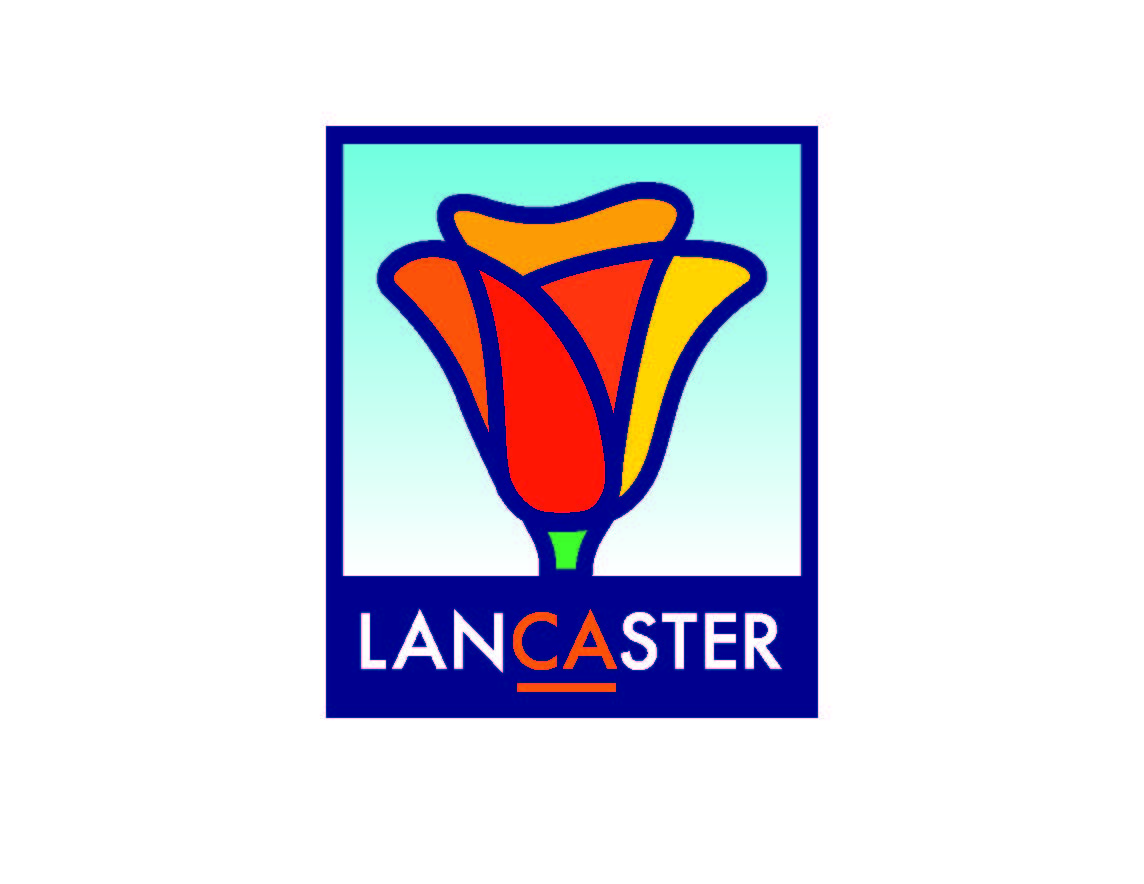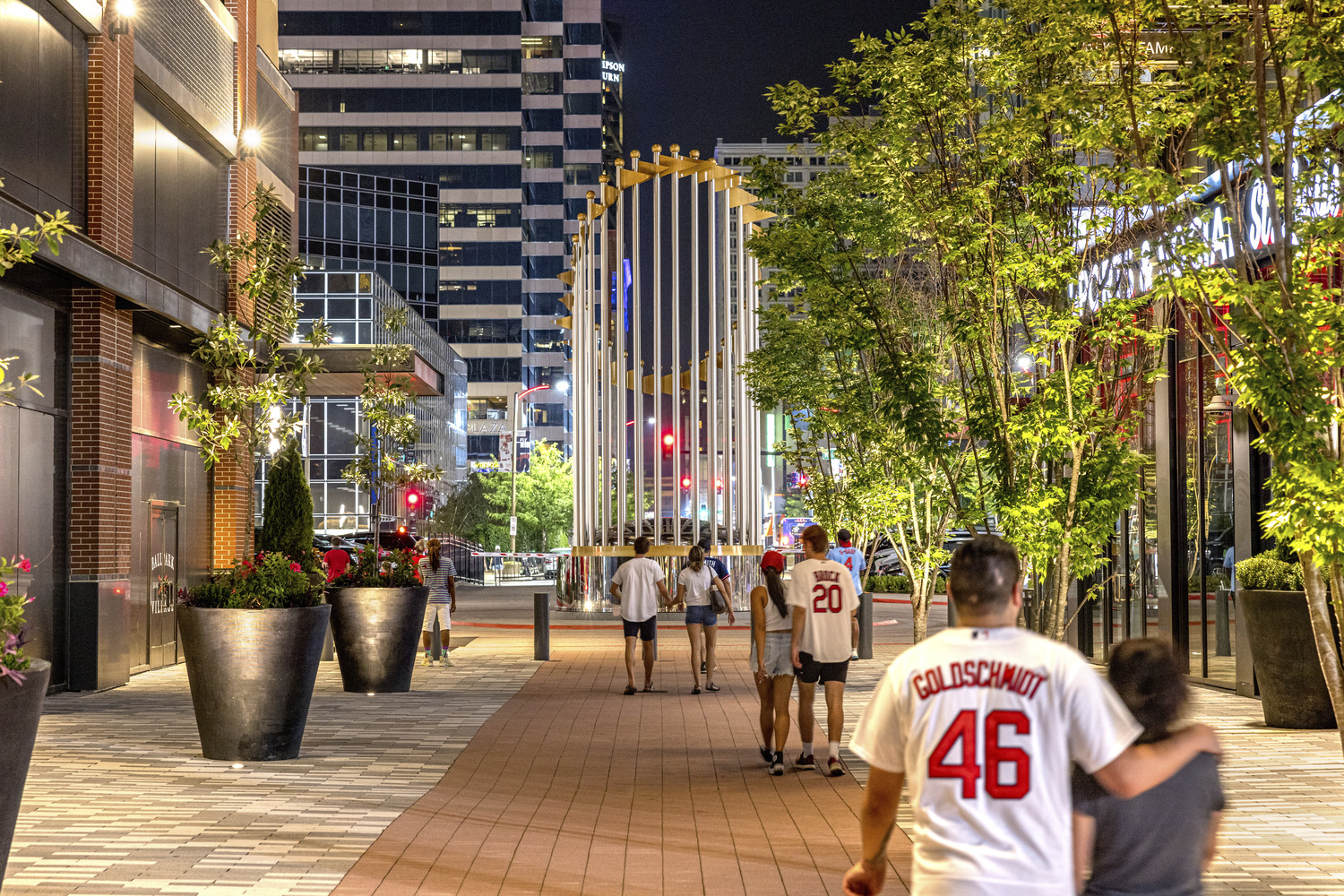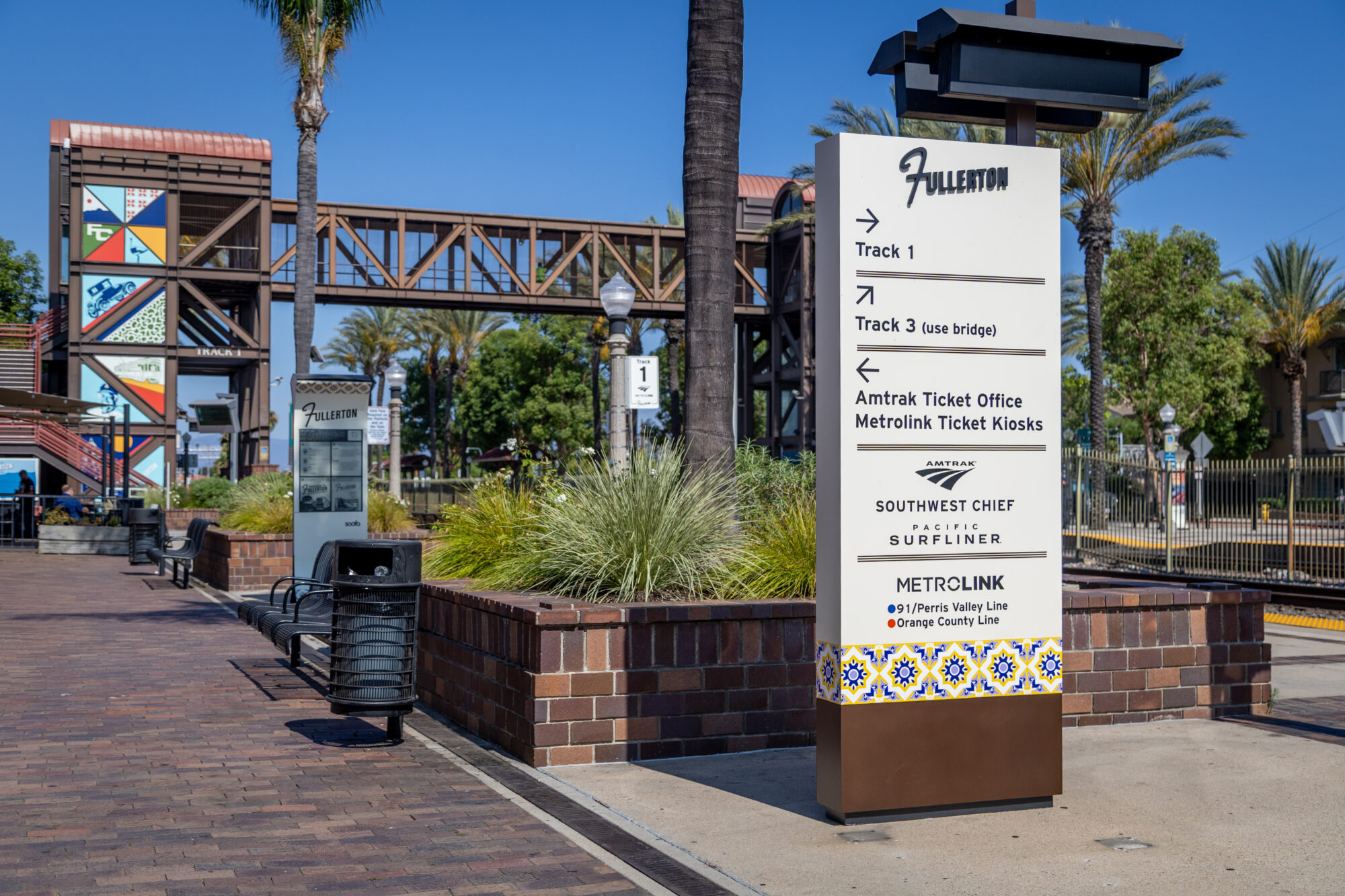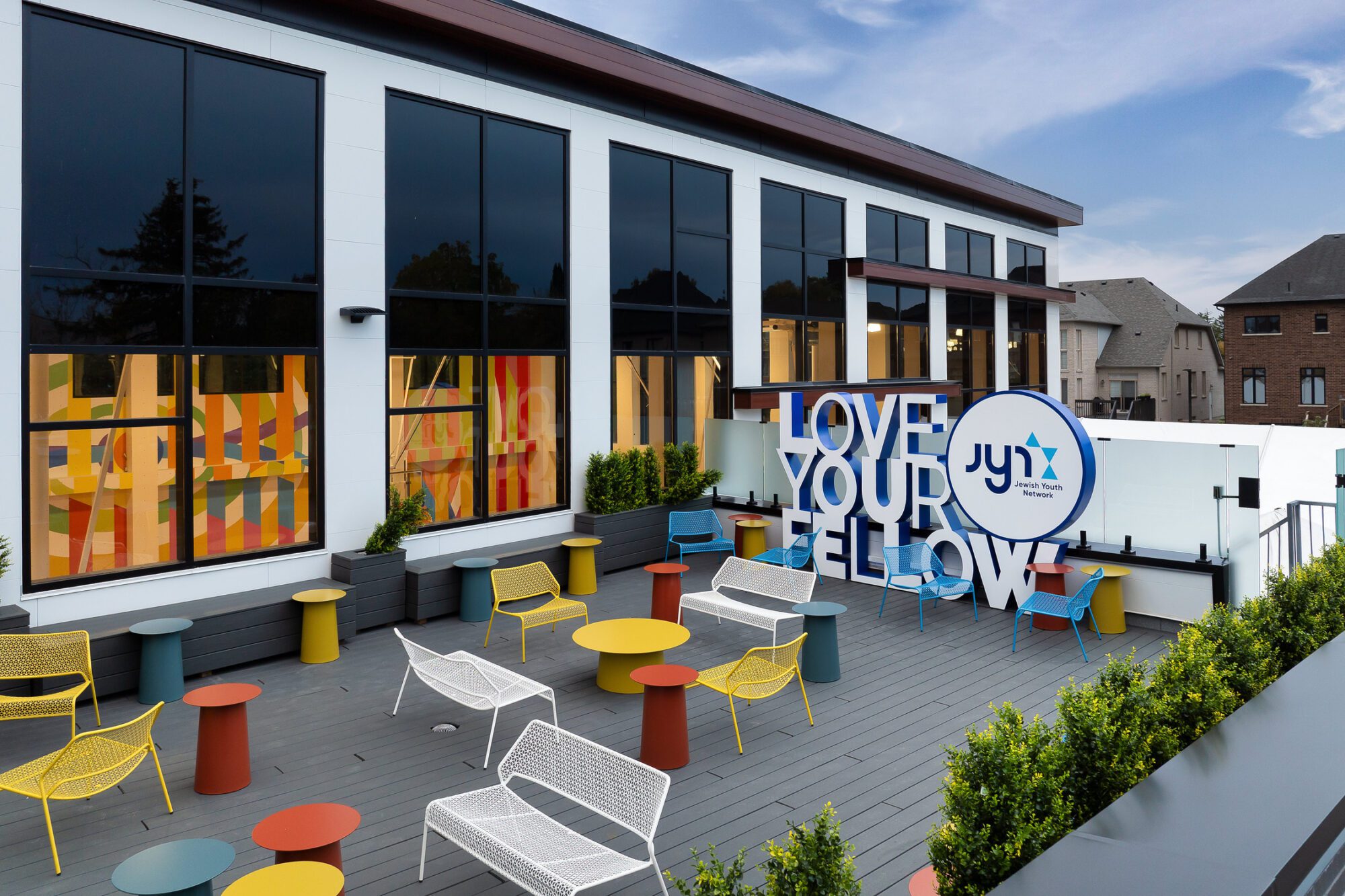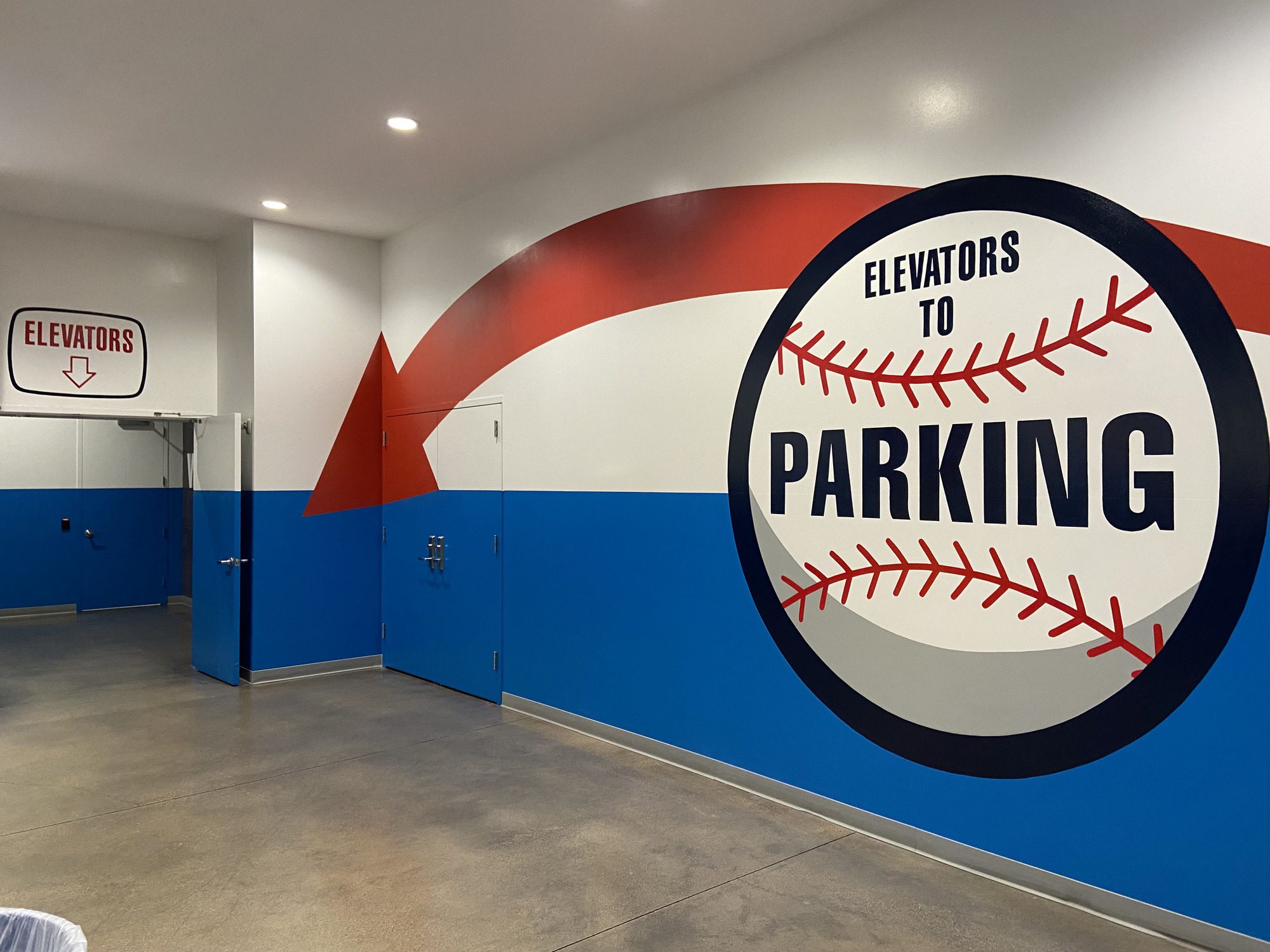In the early 20th Century, for professional sports in America, stadiums were located within the heart of neighborhoods. These neighborhoods, brimming with energy and activity, were home to eateries, shops and watering holes, where friends and family gathered to socialize. Wrigley Field… Fenway park still stand as shiny icons of this integration of sports into the life of existing neighborhoods.
In today’s world, it is often times impractical to locate sports venues within densely populated neighborhoods. Instead, sports venues are built and then neighborhoods are created around them. These Entertainment Districts, as they have been dubbed, serve as a hub for people to gather and celebrate; drawn by a common passion — their favorite sports team.
As an upgraded tailgate party experience, the eateries, shops and all manner of entertainment options are available for people to enjoy themselves and each other, even on non-game days. They become a catalyst for people to have fun and build memories.
Residential properties are then created within the district to provide opportunities for people to live within that energy and life experience. These new versions of the American neighborhood are quite popular, beckoning everyone from young professionals to retired sports fans to call them home.
One of the keys to creating successful entertainment districts is in storytelling. Not some fantastical tale… it’s about creating authentic stories of the place, people and team and then amplifying their inherent energy.
It is highly important to understand the audience and purposefully craft an experience to attract and delight the patrons. Unique experiences that ignite the senses and build indelible memories is key to crafting successful Entertainment Districts.
Once the design is envisioned, the next challenge is materializing that experience into the space. Every detail. Every nuance. What is seen, heard, felt and smelled is carefully and meticulously constructed and installed in order to bring the stories to life.
“You have to consider the audience and plan experiences for each person. There is the person who is there to party with friends. There is the person who just wants to take their significant other to a nice place. Then there is the family… who wants to create lasting memories. We have to look at what’s the experience of all of these different types of audiences and design “wow” moments for them all.” — John Lutz, Partner, Selbert Perkins Design
Using Digital, Analog, Signage, Monuments, Gateways to Art, hand-painted murals and instagram moments, we use all of these elements and more to create “WOW” moments to delight, entertain… creating bonding moments and memories for friends, family and fans alike.
Entertainment Districts are complex projects, with many individual vendors and moving parts. From designing the master plan, and then working with each restaurant, club, bar, shop to integrate into that plan as well exhibit their own personality, makes telling the story of these districts an experience unlike any other.
Creating the overall story for the district, designing multiple mini experiences for all audience types and then producing that vision in the built world are the challenges of producing successful Entertainment Districts.
We enjoy working with developers and the community in creating successful, unique experiences and the neighborhoods that they inspire.
For more than 30 years, through our studios in Los Angeles, Boston, Chicago, and Shanghai, Selbert Perkins Design has created some of the most successful and iconic projects around the globe.
Atlanta Braves – Battery Park
Kansas City Power & Light – 1, 2 & 3 Light Residences
District Detroit – The Eddystone Residences
Ballpark Village – Saint Louis
fiserv forum – Milwaukee Bucks
Texas Live! – Texas Rangers
